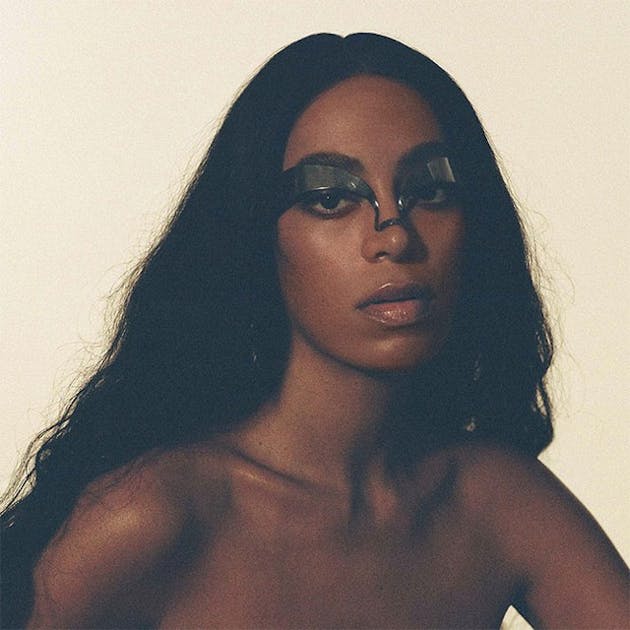
A few corners of hip hop and R&B have spent the last part of the decade flirting with ambient texture, a frontier which hardly seems out of place at a time when vampy trap, jazz rap revival, and funky glitch-pop are all flourishing in the mainstream. Following a pattern that folk rock has already laid out for us, hip hop is adding texture as it pleases from all production styles and from countless crossovers with other genres, only to distort, stretch out, and recontextualize those new sounds once they no longer feel fresh. The chief difference from the aforementioned folk rock trend is just how quickly hip hop seems to be moving. In this respect, it more closely mimics 1960’s jazz: Playboy Carti’s post-trap masterpiece Die Lit, with its tightly woven walls of sound, subtle instrumental shifts within songs, and emphasis of rhythm over form, reads like a trap In A Silent Way spread out over several more tracks.
In this vein, Solange has come back into the public eye with When I Get Home, an ode to Houston’s black community and hip hop scene which, musically, shows Solange stepping out of her comfort zone and embracing an aesthetic driven more by grooves than by songs. Where Solange previously succeeded at recreating an 80’s synthpop aesthetic a few years before it became trendy, she is now recreating 2000’s and 2010’s pop seemingly in real time, taking our collectively held ideas of vocal melody and spreading them over a palate of angular, spacey R&B. Within a single track on the album, splashy synths will give way to and fuse with glitchy DJ Screw homages, Rhodes waterfalls that only hint of the jazz rap that popularized them, and notes of distortion a la SOPHIE.
Perhaps because of the three-year gap between releases, the grandiose storytelling and message of the album’s predecessor, A Seat at the Table, looms large in our understanding of When I Get Home. By some accounts, the latter is its sequel in what will be a three-album series of heavily autobiographical work. Regardless of whether this is true, Solange’s new album has defied our expectations by deprioritizing narrative in favor of the uneven, unpredictable feelings associated with self-discovery, love, and observing the world around you. In an album without a prevailing storyline, it’s the little tensions and releases that matter, whether it be that beautiful vocal soar at the end of “My Skin My Logo” or that meditative return-to-self that happens over the course of “Binz”. The interludes, particularly the Genesis-esque “Can I Hold the Mic”, create mountains of catharsis between songs that build slowly and may not actually reach the resolve we are conditioned to hope for.
Like many great albums with groove-based production, When I Get Home succeeds because Solange keeps close control over our focus throughout the album, by giving it spaciousness and thereby giving the listener the illusion of choice. Through her production, she creates a sonic landscape where her vocal turns of phrase could not be any more intentional or more satisfying. We cannot look away from the fact that Solange saw things she imagined. And, like any great jazz bandleader, she knows how to contextualize a solo or a lyric within the music that supports it. In what may have been one of the most beautiful musical moments of 2019, Solange lets Playboy Carti blow right through what would be the hook on “Almeda” – pushing through a circle of fifths progression that spirals down into the coda, Carti switches up his flow, and accompanied by Solange’s twinkling harmonies and over the thump of Pharell’s buzzing synths, they all fade out.
Listen to When I Get Home on Spotify: